Facts on The Division 2 Dark Zones and Conflict
There are going to be no less than three separate Dark Zones in The Division 2. Each will have their own theme and combat environment, and each will provide a substantial challenge for both new and old Division players. Today, we’ll be taking a look at exactly what you can expect to find in the zones as well as the new changes that should shake up the zones and make things even more intense, but hopefully less frustrating.
https://youtu.be/yNw4bJImOtQ
Darkness has Fallen
The Dark Zone in The Division 1 was a dangerous and often scary place. Especially for new players, it often felt like a losing battle when stepping into the zone. Quite literally, sometimes, as spawn-camping was pretty horrendous. However, in The Division 2, guided PVE intro missions and protected spawn points mean that players should be able to take their time to get into and explore the zones.
There are three distinct zones: West, South, and East. Each zone has their own landmarks and preferred combat-range. East has clear lines of sight, meaning longer-range marksmen rifles, including sniper rifles, are suitable for eliminating targets indiscriminately from afar. Meanwhile, West suits more mid-range weapons, such as regular rifles and machine guns, and South is a tightly-packed labyrinth, demanding punchy shotguns and submachine guns to keep you on the move.
Each of the Dark Zones is normalized, meaning that all players that enter are set to a specific power-range so that everybody can compete on a level playing field. There are 12 players in each instance, and you can go in solo or as a team. ‘Time to Kill’ is significantly reduced in The Division 2, as is your access to healing items. That means you’ll have to play intelligently to survive, but everyone should have a chance at fighting toe-to-toe. You’ll still have to watch your back, but it won’t be quite as predatory as The Division 1.
In the Darkest Corners, You’ll Find the Brightest Loot
For new players, the reason for going into the Dark Zone is simple: loot. There are a few ways you can earn loot in the DZ’s. Primarily, you’ll be looking to extract dirty gear that you can find when fighting enemy PvE factions, and clearing out Washington’s landmark sites. These gear drops, once extracted, will be ‘cleaned’ and then available for use. However, new to The Division 2 is the availability of ‘clean loot’. This will sometimes be dropped by enemies, and can be used immediately.
Meanwhile, those looking to fill their pockets even further than that can go Rogue. This status is triggered by committing any of a series of crimes in the Dark Zones, such as stealing loot or simply declaring yourself and your party Rogue agents. Going Rogue will enable you to shoot other players, but also allow them to return fire. With more kills under your belt, your Rogue status will increase, marking you as ‘Disavowed’ at first, making you more visible to other players. Eventually, with enough crimes committed, your status will change to ‘Manhunt Rogue’, meaning that every other player will be able to see your location and hunt you down.
That kind of risk comes with its rewards, however. There’s also going to be a new Thieves Den, where Rogue agents can fence their goods out to be cleaned, and hide away from marauding gangs trying to collect their bounties. Going Rogue is, without a doubt, one of the most challenging experiences in The Division, but also one of the most rewarding if you can secure that sweet loot.
Take Your Best Gear, You’re Going to Need It
The Occupied Dark Zones are another new feature, and will be available at launch. Aimed towards players moving into end-game, this version of each Dark zone will be the ultimate hardcore experience. Friendly fire is turned on, meaning that you’ll need to keep a sharp eye as there are also no Rogue indicators. No hand-holding at all, in fact. The Occupied DZ’s will even be free of normalization, meaning that only the best of the best will be able to compete for the top spots.
This might alienate some less-hardcore players, but I would argue that this zone really isn’t for them to begin with. If you’re playing The Division 2 for the story and experience, there’s no reason to even worry about the Occupied Dark Zones. But, if you’re looking for the hardest challenge the game has to offer, this is where it’s at. Endgame builds are going to be extremely important here, and to some extent I wonder if the developers might be looking to turn this into some kind of PvP eSports arena. It would, at least, encourage further play at endgame, and that’s great.
Get Straight to the Fight, in Conflict
Perhaps more obviously associated with direct competition and PvP is Conflict. This mode will feature three unique maps and two game modes at launch. This is a normalized, PvP-only game mode, with skill-based matchmaking, and potentially a ranked-play system later down the line.
Hopefully they can implement this better than Destiny’s PvP mode, which tends to feel unbalanced and clunky even at the best of times. With reduced time to kill, healing, and some decent matchmaking, this could be a really cool way to compete, too. Between Conflict and Occupied DZ’s, players looking to show off their skills will definitely have places to do it.
A Real Challenge, for Real Agents
The Dark Zones and Conflict game modes aren’t going to be for everyone. I myself tried the Dark Zone in The Division 1 and found it impenetrable to begin with because of the spawn-camping and high-level predators. It sounds like those issues might be resolved in The Division 2 though, and I’m extremely keen to see what the Occupied Zones play like. Hardcore experiences like that are often sources of contention in these games, but if managed properly can be a great source of end-game content that can feed into streaming, competitive modes, and even eSports. There’s a lot of potential here for anyone interested in those factors.
I’m not suggesting that The Division needs to rush to become an eSport to be successful. I’m just noting that if it evolves naturally, that tends to be a really good indicator of a game’s success and can massively extend a game’s lifespan. Meanwhile, anyone interested in experiencing more of what The Division 2 has to offer, as well as get their hands on some sweet loot drops, will want to at least try to put their big-pants on and venture into the Dark Zones. I’m not sure I’ve got big enough pants for that yet, but I’m definitely going to be giving it a shot when the game launches March 15th.
That’s it for today’s Division 2 look into the Dark Zones. It’s certainly looking like the devs are trying to really capitalize on the good features of The Division 1 while carving away the more frustrating elements. I’m always an advocate for more things to do at end-game, too, especially things that are truly engaging and challenging. The Dark Zones will definitely offer a unique experience, and I’m really excited to see what direction they take when players get stuck in.
Thanks for tuning in, everyone, I’ll see you all next time for more gaming guides and news.
Check out the rest of our Division 2 Coverage Here:
The Division 2’s Story: Everything We Know So Far
The Division 2 is a Game Changer: Here’s Why
No related posts.



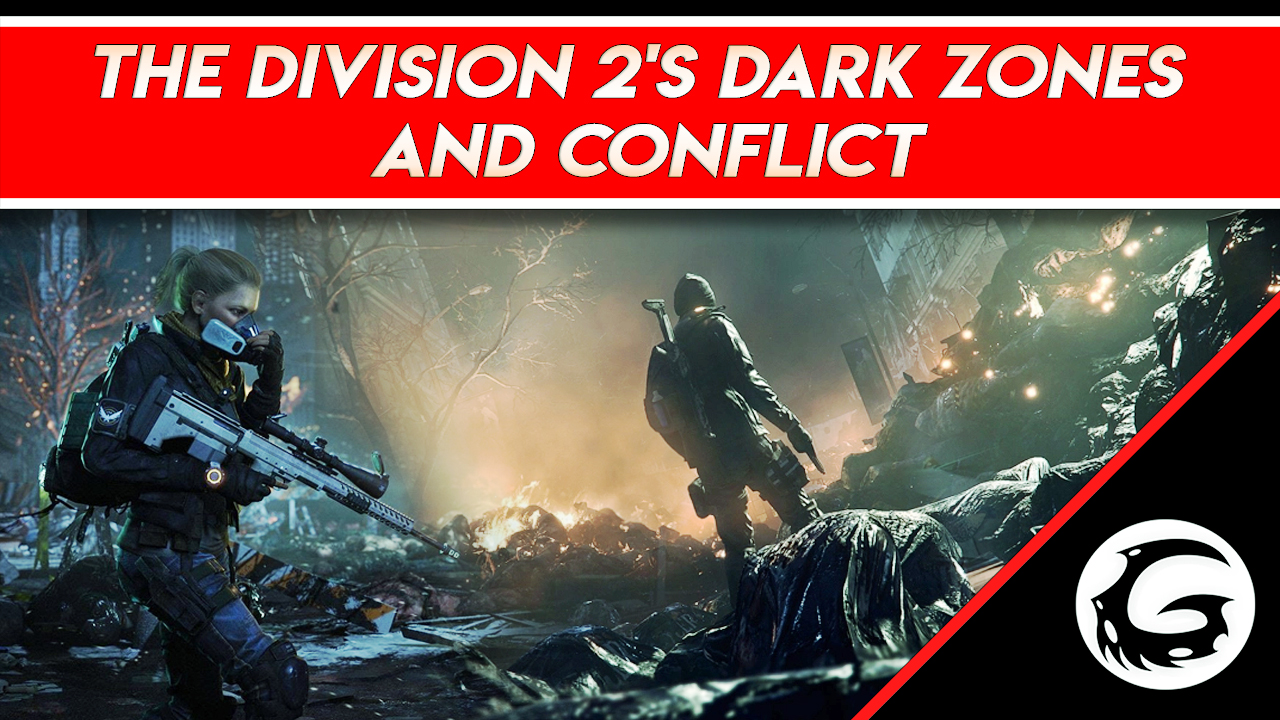
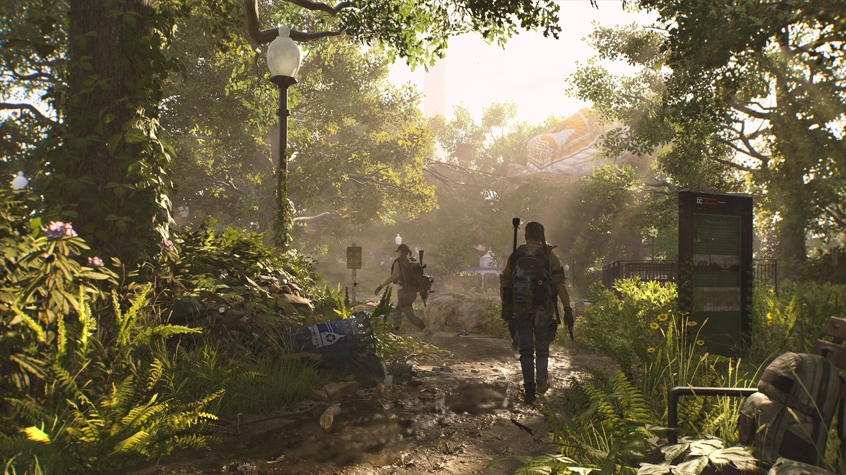
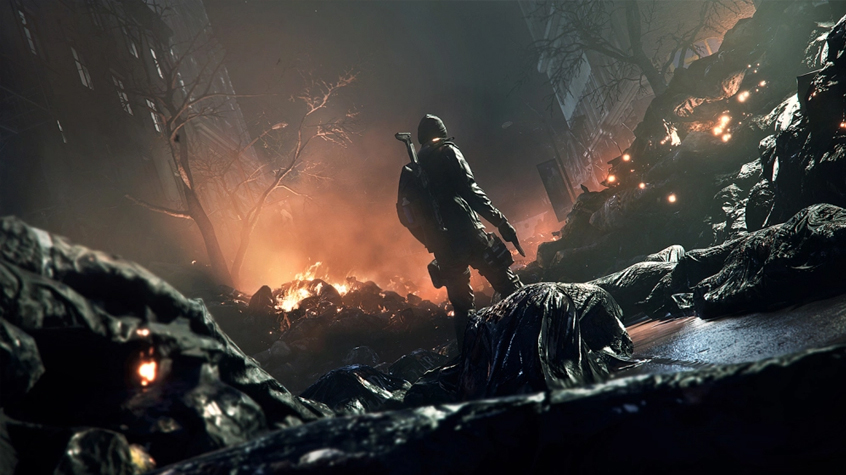
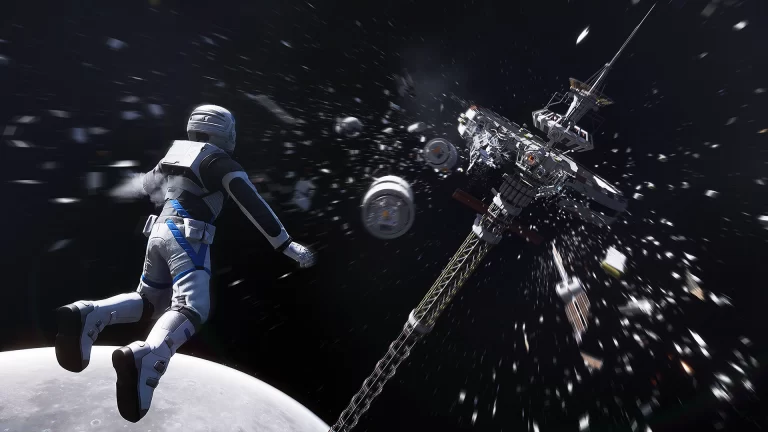
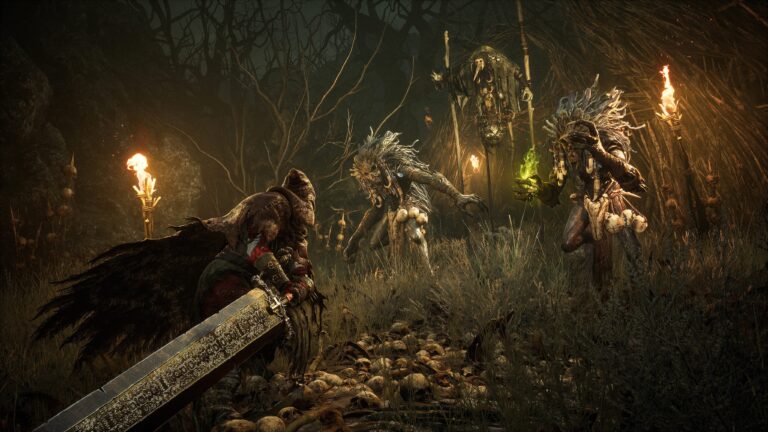

[…] FACTS ON THE DIVISION 2 DARK ZONES AND CONFLICT […]